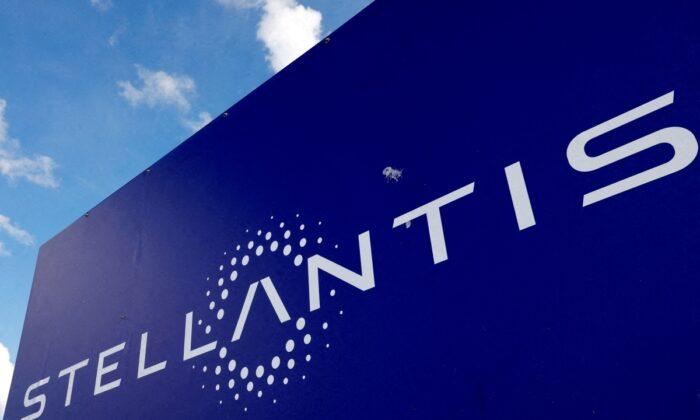MILAN—Stellantis made a fast start in its first year after the merger of Fiat Chrysler and Peugeot maker PSA, with the world’s No.4 carmaker reporting profitability and benefits from the combination both ahead of target.
The group said on Wednesday the margin on its adjusted operating profit was 11.8 percent in 2021, above its target of around 10 percent, thanks to strong progress on synergies, which generated around 3.2 billion euros ($3.6 billion) in net cash benefits.
The carmaker’s Milan-listed shares were up 5.7 percent at 10:40 a.m. GMT.
“Record results prove that Stellantis is well-positioned to deliver strong performance, even in the most uncertain market environments,” Chief Executive Carlos Tavares said in a statement.
Tavares will next week present the group’s detailed business plan.
Stellantis guided for a double-digit margin again this year. The pro-forma figure for 2020 was 6.9 percent.
Margins in North America climbed to a record 16.3 percent last year.
Banca Intesa analyst Monica Bosio said 2021 results “materially” exceeded expectations and that guidance for 2022 was based on a prudent market outlook.
“While the current environment remains difficult and a further material jump in 2022 fundamentals looks more challenging given the starting base, we believe the group could continue to leverage on its strong synergies’ execution,” she said in a note.
Chief Financial Officer Richard Palmer told reporters that cash synergies booked last year put the group ahead of schedule to reach 80 percent of its 5 billion euro cost saving runrate target by 2024.
He said raw material inflation would remain a problem for the industry this year, while the semiconductors shortage, which cost the group around 20 percent of its planned production in 2021, had peaked in the third quarter of last year.
He added Stellantis did not have a significant direct exposure to Russia, which is being hit by international economic sanctions over its actions in Ukraine.
“We have flexibility in production,” Palmer said. “We are confident we can manage the Russia crisis.”
The group, which generated an industrial free cash flow of over 6 billion euros last year, proposed to pay out 3.3 billion euros in ordinary dividends, equal to 1.05 euros per share.
Free cash flow is expected to be positive this year, it said.
Tavares has so far mapped out a 30 billion euro electrification strategy, and formed alliances with Amazon and iPhone assembler Foxconn to accelerate the development of software and semiconductors for future connected vehicles.
He has also drawn up plans for five battery plants and cut deals with unions to keep streamlining European operations - side-stepping potential labor conflicts and boosting the company’s operating profit margin.
Palmer said the group had no current plans to create separate entities for electric and combustion engine cars, as is being considered by rivals Renault and Ford.
“We just created a new company and that should be enough to start with as long as we manage complexity and diversity,” he said.
In a separate statement, Stellantis said it was paying out 1.9 billion euros in benefits to employees based on last year’s results, up 70 percent in 2020.
($1 = 0.8829 euros)






Friends Read Free